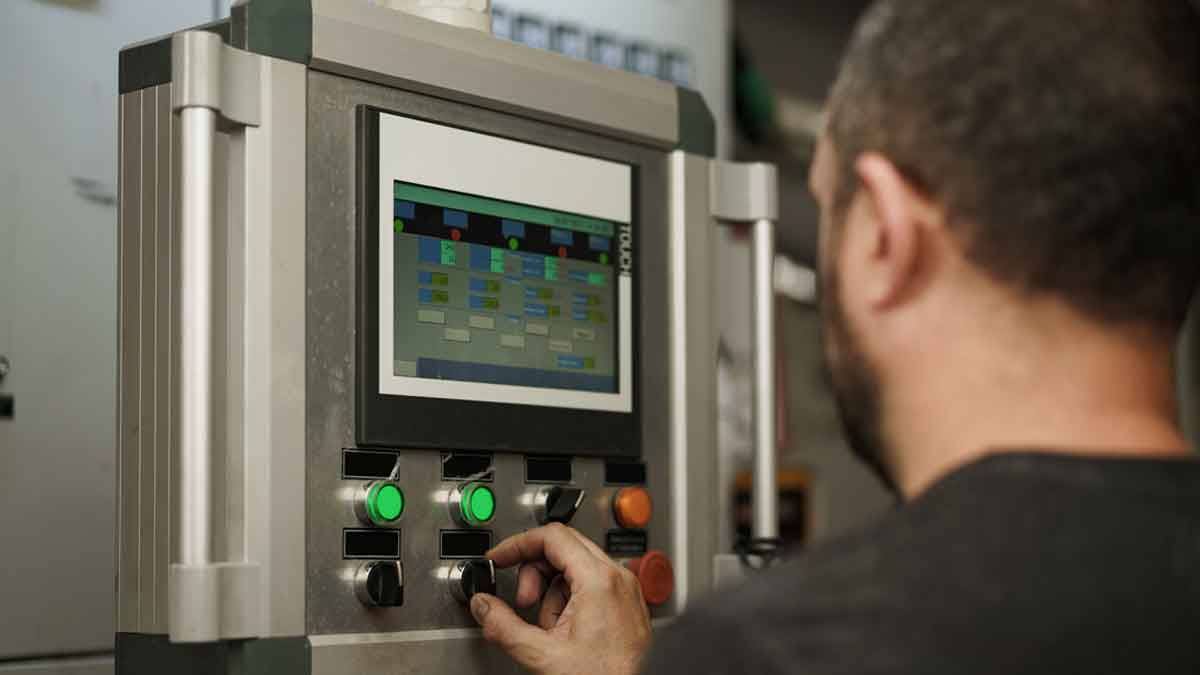The Internet of Things (IoT) or connected devices continues to grow at an incredible speed. The Internet of Things (IoT) refers to devices that are connected to a network, so, they can collect, share, and act upon the information received. Today, companies are learning how IoT Works due to the benefits of its variety of IoT devices that simplify their lives, including:
- Thermostats
- Security cameras
- Door locks
How IoT Works In the Manufacturing Industry
An assortment of industries learns how IoT works, and includes its devices for safety and efficiency. It is clear why 71% of manufacturers used IoT devices in 2019. As a result, employees can easily lower operating costs.
Sensors are one way that manufacturers can make use of IoT. Therefore, companies attach sensors to machines to aid in detecting a malfunction or failure. In addition, these sensors help companies to apply predictive maintenance.
This alerts you when your machine requires servicing. Furthermore, IoT works to increase productivity and help lower costs by removing regular maintenance.
Moreover, you can also use IoT devices in the following ways:
- To detect workplace risk, use connected cameras (imagery). This can increase safety, quality, and productivity.
- Wearables on the body to reduce injury risk and increase worker safety.
- Water damage prevention technology to monitor, for example, temperature, humidity, and flow. This will help reduce property damage and business interruptions caused by accidental water events.
Industrial IoT and Imagery
There might be companies that do not know how IoT works, but it is not a difficulty. Today, cameras are used in a handful of manufacturing plants. IoT imagery software can connect to existing cameras. Moreover, cameras use computer vision for safety risk identification. It can alert you to unsafe behavior in real-time and help you discover ways to make your workplace safer.
Cameras equipped with artificial intelligence software may help increase safety protocols compliance, such as:
- Safety equipment like gloves, vests, and glasses
- Respect speed limits and forklift zones
- To prevent slip- and fall accidents, ensure that there is sufficient cleaning
- Improving ergonomics
Imagery can also help companies to identify incidents in real-time, such as slips or falls.
Smart Manufacturing: Wearable Technology
Wearable technology like fitness trackers is used daily by people to track their health and goals.
Moreover, wearables can also be a form of IoT and help to improve worker safety as well as reduce the number of job-related illnesses and injuries. This could help lower the number of workers’ insurance costs.
Wearable technology can be used by manufacturers to:
- Improve ergonomics
- Track employees’ locations during any crisis
- Detect falls
IoT workplace Safety
Wearable devices keep IoT workers safe on the plant floor.
- Belts that improve ergonomics and track movement at work.
- Vests that monitor the environment, air quality, and noise levels
- Gloves, which track data about how workers use their wrists and hands on the job.
- Armbands to track how often a worker pushes or pulls repetitively for their job.
- Straps are worn around the chest or any other body part, so they can monitor ergonomics and detect worker falls.
Click here if you want to learn more about how IoT works in smart companies!





